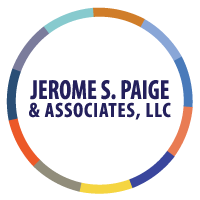Medical prices can be enigmatic, with a seemingly ever-widening gulf between what providers are billing and what providers will accept from the consumer or their insurance company. There are retail, wholesale, bulk, preferential and reimbursable prices. Prices vary geographically, including globally.
We see this issue when plaintiff or defense clients retain us to estimate the value of a life care plan.
A life care plan provides a list of medical needs of a plaintiff and the frequency and price of those needs — services, medicines, and commodities. However, the plaintiff and defense planners often approach “pricing” differently.
Our article’s focus is the Sanchez decision, which arose out of a gang-related criminal prosecution case.
How does this apply to life care planners?
Sanchez is about “hearsay.”
For the life care planner and us forensic economists, we must base our expert testimony on what we know directly, not indirectly – that is, through someone else or a source.
In the case of a life care planner, let’s say they indicate a plaintiff requires an “aspirin per day” for the remainder of their life, and they report that the cost of the aspirin is $1.00 per day.
Unless an expert on “the cost of aspirin” can testify that $1.00 is the “reasonable value” in the “aspirin market,” the court may not allow the life care plan into evidence.
Why?
Without the foundation of an expert on aspirin prices, the court might consider the planner’s testimony to be “hearsay.”
Experts beware! Avoid “hearsay.”
